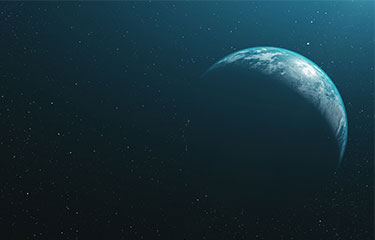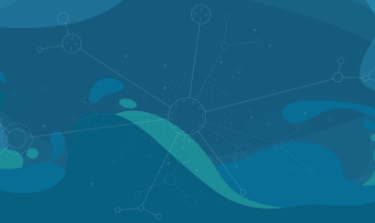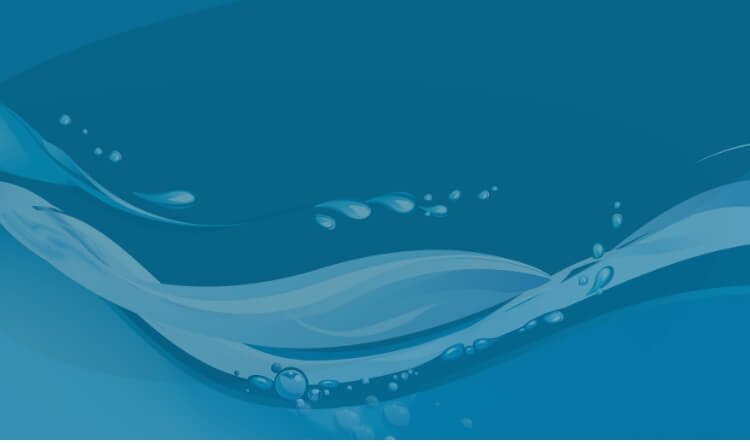How much water should you budget for using every day on average? That’s something of a trick question because very few of us think about it actively. Many of us take it for granted or at least are unaware of how much water we need to shower, to cook, to drink, to clean and to produce everything we use.
National figures show that in the UK domestic water usage is around 142 liters per person, while in the United States it’s roughly 333 liters. And beyond that “visible” water that we use there’s a whole lot more “virtual” water that’s sucked up to make products that we all use and consume.
The food we eat takes an average of 3,496 liters per person per day to produce. Agriculture is a very thirsty business. Depending on the region, it consumes an estimated 75%-90% of available fresh water. But it’s not just household applications, food and drink that use up water. Many everyday products have a surprisingly high ‘water footprint’. A cotton t-shirt needs 2,500 liters and a smartphone takes about 12,760 liters. These are head-spinning figures that most regular individuals are unlikely to be aware of, let alone deliberately factor into how they live their lives.
Global water demand for all uses is currently around 4,600 km3 a year and is forecast to reach between 5,500 to 6,000 km3 by 2050 according to the Food and Agriculture Organization of the United Nations (FAO). Yet even as demand continues to increase, the availability of water is decreasing. Groundwater aquifers are getting drained faster than they can replenish. Pollution of usable water is intensifying, and climate change is affecting rainfall. Already severe water shortages are a problem in South Africa, Australia, parts of India and California.



